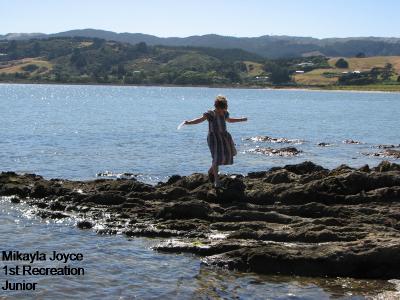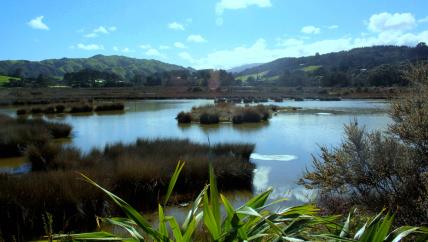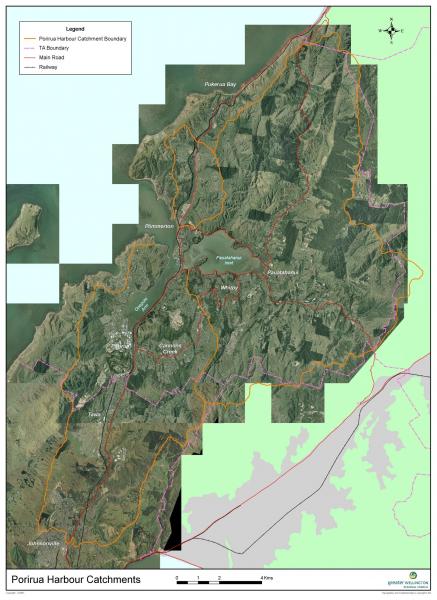|
THE INLET |
||
|
Pāuatahanui Inlet is situated on the west coast of the North Island, about 25 km north of Wellington. The Inlet has an area of 4.5 sq. km., about a quarter of which is tidal flat. The surrounding catchment covers an area of about 100 sq. km.
Pāuatahanui Inlet is the larger of the two arms of Te Awarua o Porirua Harbour, the other being the Onepoto Arm. In contrast to that part of the harbour, the shores of Pāuatahanui Inlet remain relatively natural. Despite having significant areas of residential urban development on its southern and western shores and being ringed by roads, the Inlet is not yet critically affected by pollution. However, housing and roading developments have significantly changed its ecological and hydrological condition.
Image: Junior Recreation prize in 2010 photo competition
|
||
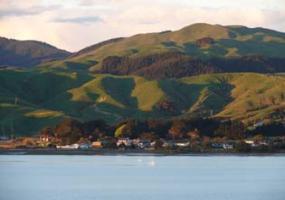 |
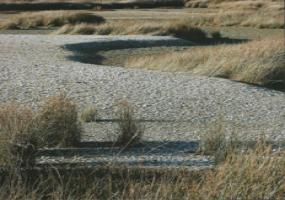 |
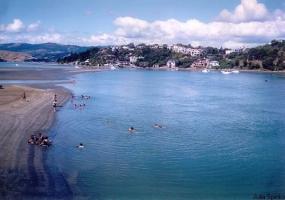 |
| Images: John Wells (left), Andrea Broadhurst (centre) and Julia Spinks (right)
|
||
|
|
At the eastern end of the Inlet a large salt marsh forms the Pāuatahanui Wildlife Management Reserve, a protected area managed by the Royal Forest and Bird Society for the Department of Conservation. The reserve has a diverse local and migratory waterfowl and wading-bird fauna and contains threatened fish species and endangered vegetation.
|
|
The Inlet is well recognised for its high ecological, aesthetic, recreational and cultural values. It is classified as a Site of Special Wildlife Interest by the Department of Conservation and recognised in the Regional Coastal Plan as an Area of Significant Conservation Value.
|
|
|
Pāuatahanui Inlet Catchment |
|
The beauty of the Inlet is widely acknowledged. It is a broad expanse of water sitting in a green bowl of relatively steep catchment hills, and the light and shadows on the hills are an enchanting backdrop to the moods of the water.
But the relationship between the hills and the water goes beyond beauty. They are crucially connected because the presence of the catchment hills influences the ecology of the Inlet water and managing that ecology requires Inlet and catchment to be regarded as a single entity.
The image on the left shows the catchment boundaries (orange) as well as district boundaries (purple) and regional roads (red).
(Image courtesy Greater Wellington and Porirua City Council) |


